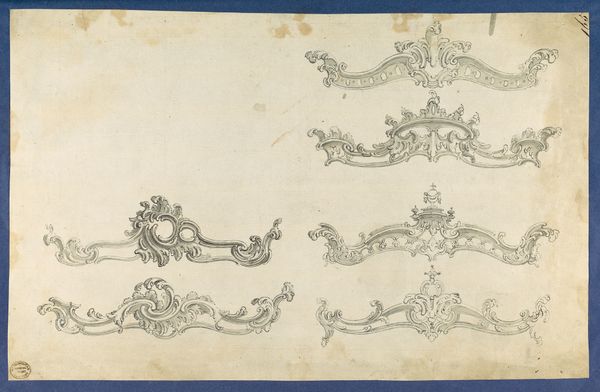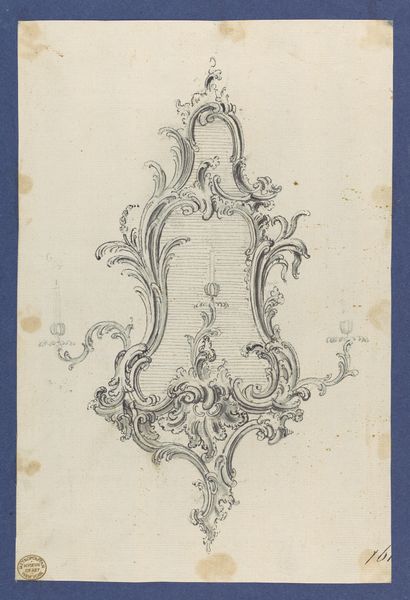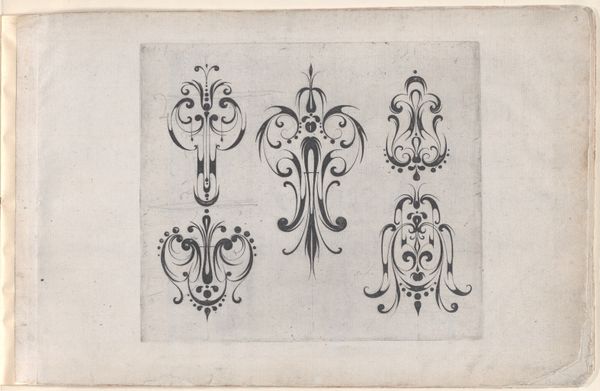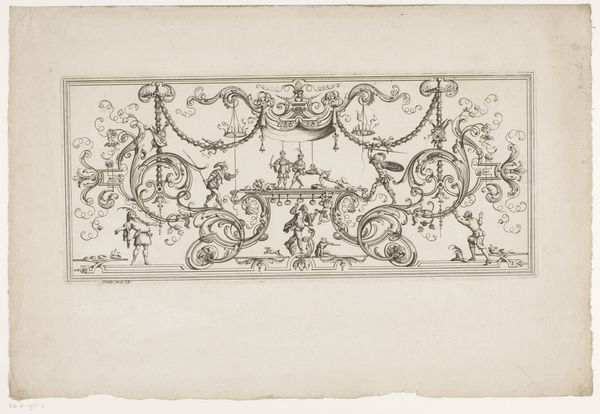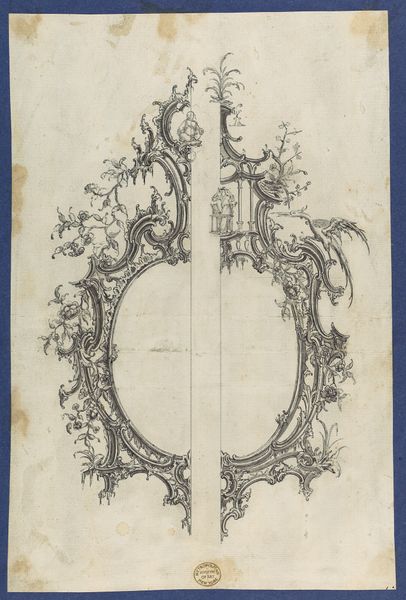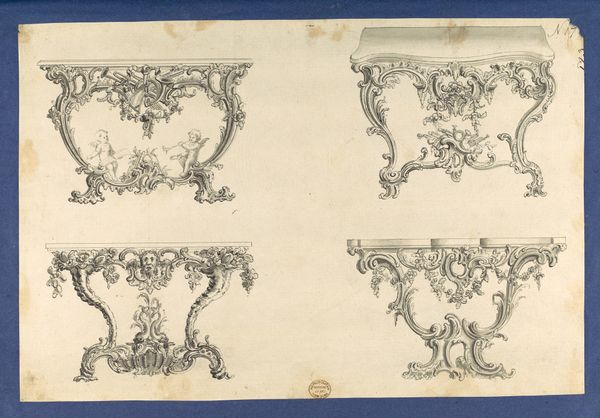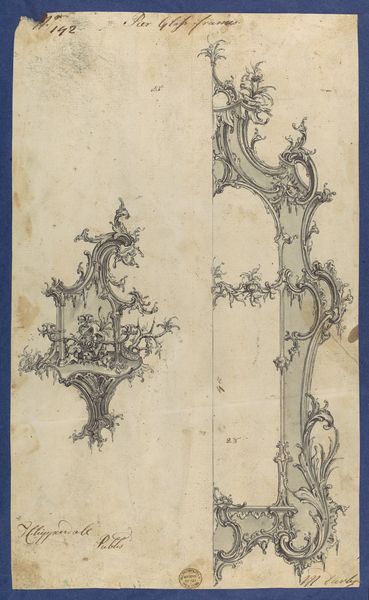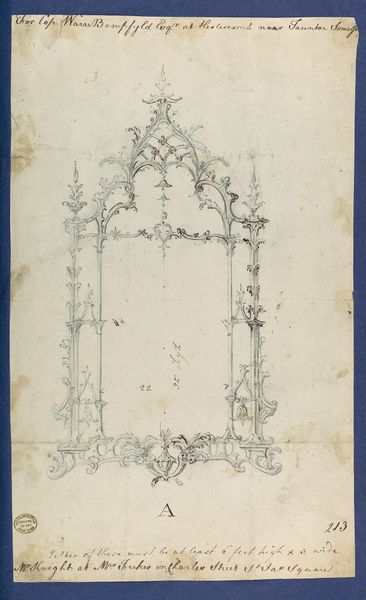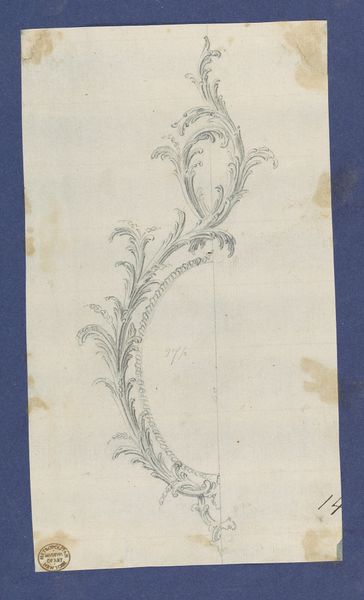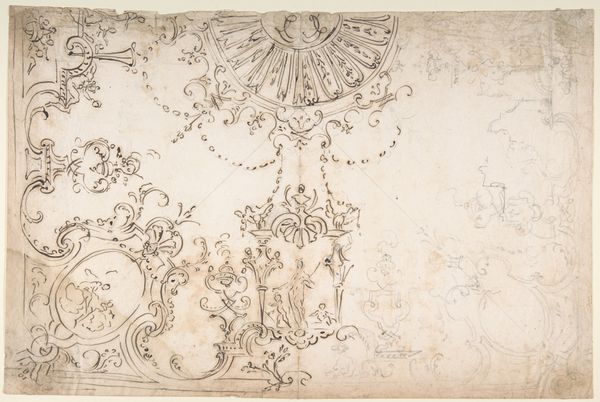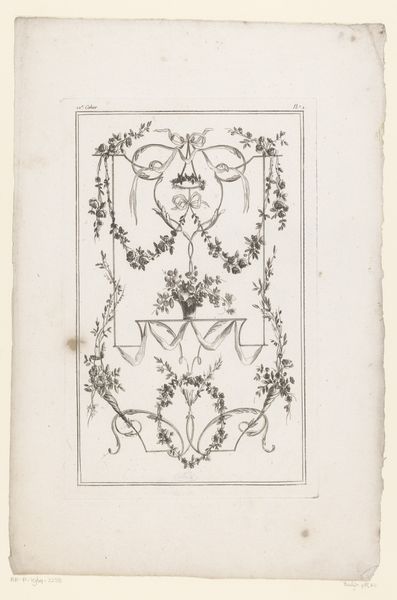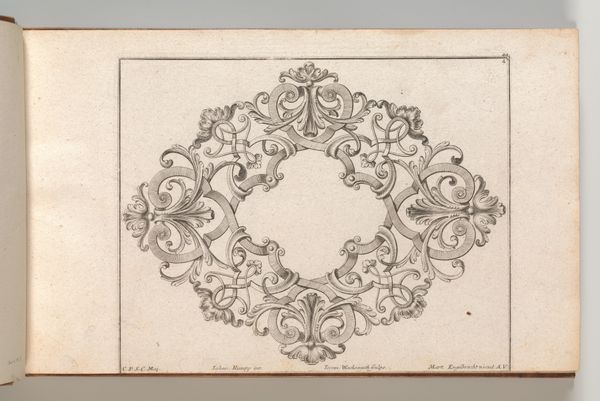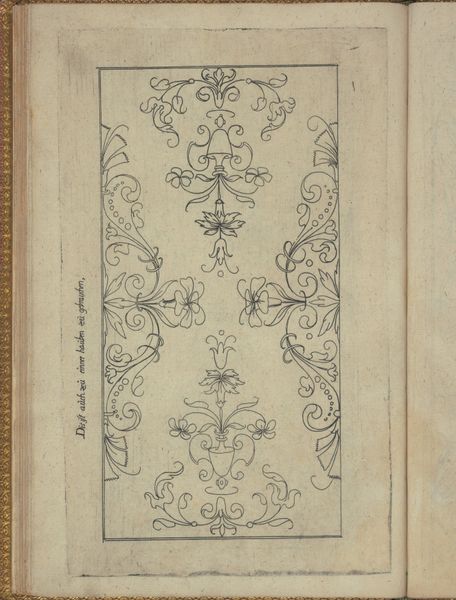
drawing, graphic-art, print, ink, engraving
#
drawing
#
graphic-art
#
baroque
# print
#
ink
#
decorative-art
#
engraving
Dimensions: sheet: 8 7/8 x 12 1/2 in. (22.5 x 31.8 cm)
Copyright: Public Domain
Curator: Welcome. Here we have a design study titled "Girandoles, in Chippendale Drawings, Vol. I" by Thomas Chippendale, dating back to 1760. It’s currently held in the collection of the Metropolitan Museum of Art. The medium appears to be engraving with ink on paper, presenting designs for elaborate wall sconces. Editor: My first impression is one of opulence, even frivolity. The rococo elements, those curves, seem to chase their own tails. I wonder how successfully such intricate designs would translate into three-dimensional objects given the challenges of their materiality. Curator: Precisely! These drawings represent Chippendale's vision, illustrating the refined taste of the 18th century. The linear precision achieved in the engraving creates an almost architectural blueprint for these ornamental light fixtures. Notice the symmetry, however playful, adheres to structural logic. Editor: But think about the craftspeople tasked with realizing these drawings. How much control did they actually have over the end product, to the cutting and shaping of the materials? The elegance presented here masks a whole network of labor. These forms speak to wealth, to consumption, and to the socioeconomic structures that supported their creation. Curator: The visual complexity undoubtedly conveys social status, yes. These objects were intended to be read as signifiers of power, taste and wealth. However, when you examine each individual curve, flourish, and delicate tendril, the elegance achieves a unity of composition— a language of aesthetic harmony in a given age. The composition isn't simply about materials but is designed to manipulate light in unique and decorative ways. Editor: While acknowledging the mastery of engraving, I’m still more drawn to what it conceals—the conditions of making, the sourcing of materials, the economic forces. These are not neutral aesthetic exercises. Curator: That’s an astute observation. We shouldn’t separate these designs from the material circumstances that generated them. They stand as aesthetic and socioeconomic artifacts of a period that warrants ongoing examination and analysis. Editor: Indeed, there's far more than meets the eye beyond these meticulously crafted lines.
Comments
No comments
Be the first to comment and join the conversation on the ultimate creative platform.
